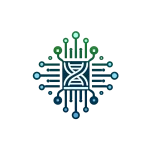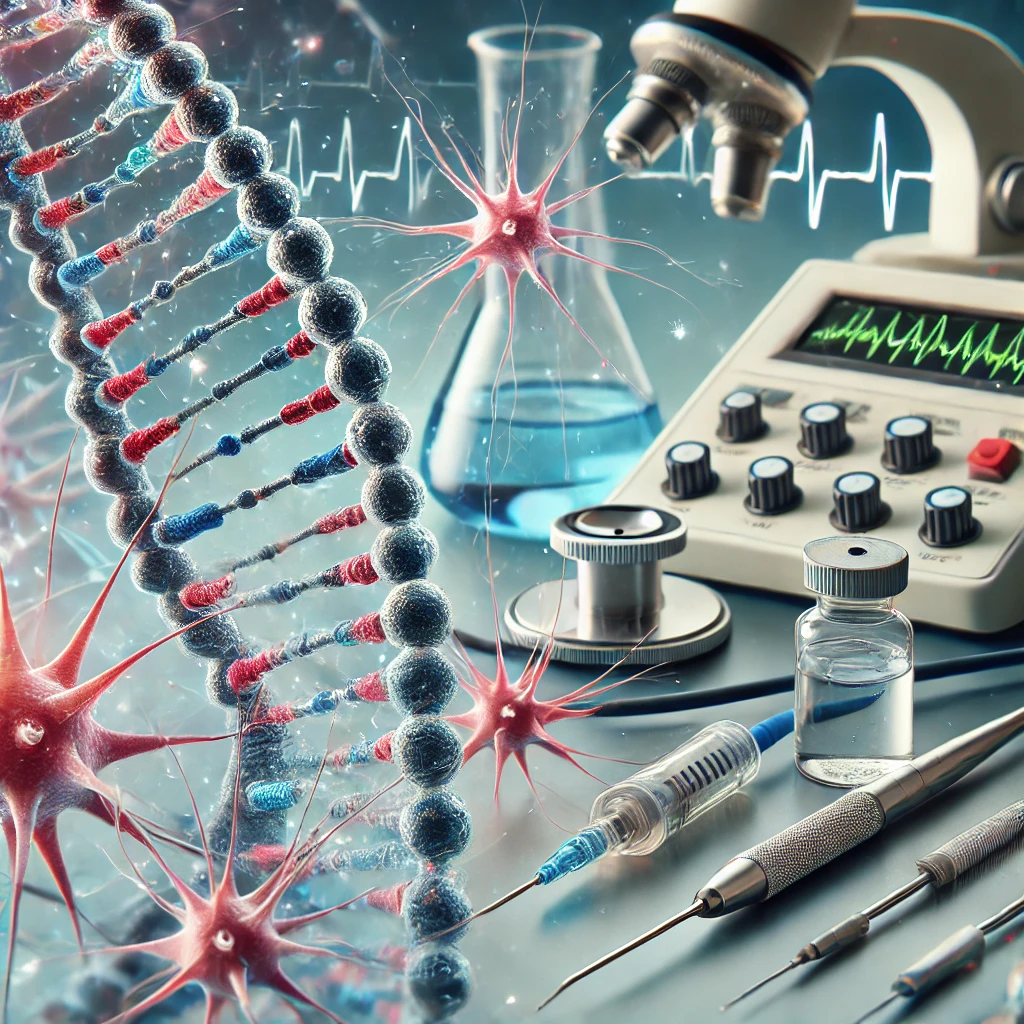
Fusion DNA Inc.
Digitizing The World of Volatile Organic Compounds

Step into the next era of biomedical research with our groundbreaking fusion of molecular biology and electrophysiology. By merging the intricate world of molecular processes with precise electrical measurements, we’re unlocking deeper insights into cellular activity like never before.
Converting scent to digital signals involves a sophisticated process that combines advanced sensor technology, chemical analysis, and data processing. Here’s how we achieve this transformation:
Genetic Engineering: Using genetic engineering, we can design microorganisms or cells that express specific proteins or receptors that respond to certain volatile organic compounds (VOCs).
Protein Purification: These proteins are then extracted and purified using techniques like affinity chromatography to ensure they are in their active and most effective form.
Immobilization: The purified proteins are immobilized on sensor surfaces to create highly sensitive detection systems. This step ensures that the proteins are stably attached and positioned for optimal interaction with VOCs.
Detection: Specialized sensors, often called electronic noses or e-noses, are designed to detect VOCs in the air. These sensors are coated with the immobilized proteins or other materials that react to specific chemical compounds, causing changes in their electrical properties.
Chemical Analysis: When the VOCs interact with the sensor’s surface, they produce unique chemical signatures. These interactions are analyzed using techniques like gas chromatography and mass spectrometry to identify and quantify the various components of the scent.
Signal Processing: The chemical interactions are converted into electrical signals. These signals are then processed and amplified to enhance their clarity and precision.
Digital Conversion: The processed electrical signals are digitized using analog-to-digital converters (ADCs). This step transforms the analog signals into a digital format that can be read and analyzed by computer systems.
Data Interpretation: Advanced algorithms and machine learning models are employed to interpret the digital signals. These models compare the signals against a database of known scent profiles to identify the specific VOCs present and their concentrations.
Visualization and Output: The interpreted data is then visualized through software interfaces, providing a clear and detailed representation of the scent’s digital profile. This allows for easy analysis, sharing, and further processing as needed.
From healthcare and manufacturing to environmental monitoring and agriculture, our advanced technology seamlessly integrates to enhance operations and deliver exceptional performance. With unmatched versatility and industry-leading innovation, our biosensors are designed to provide robust and scalable solutions tailored to the specific requirements of each sector. Partner with us to leverage our expertise and transform your industry with cutting-edge biosensing technology.